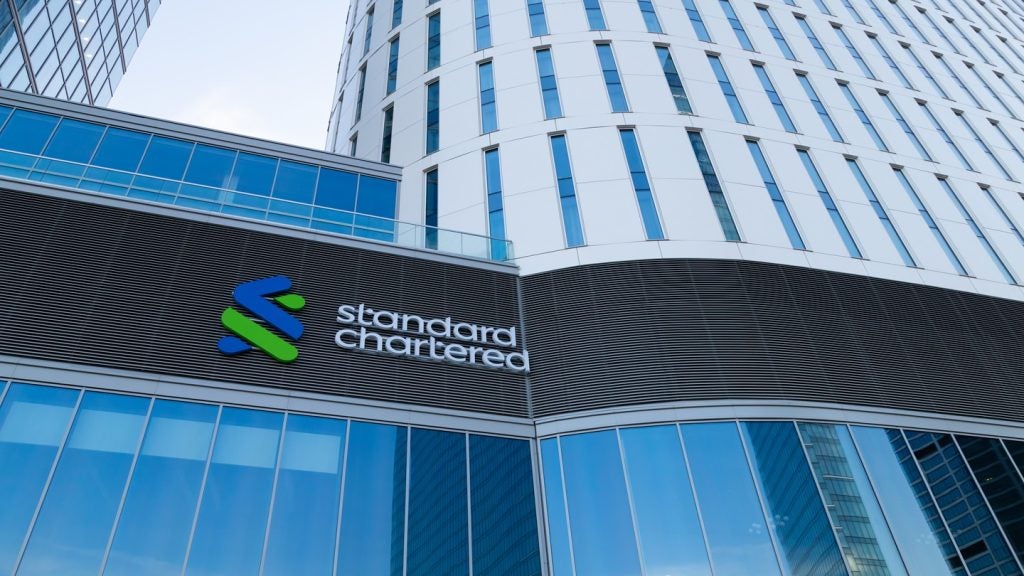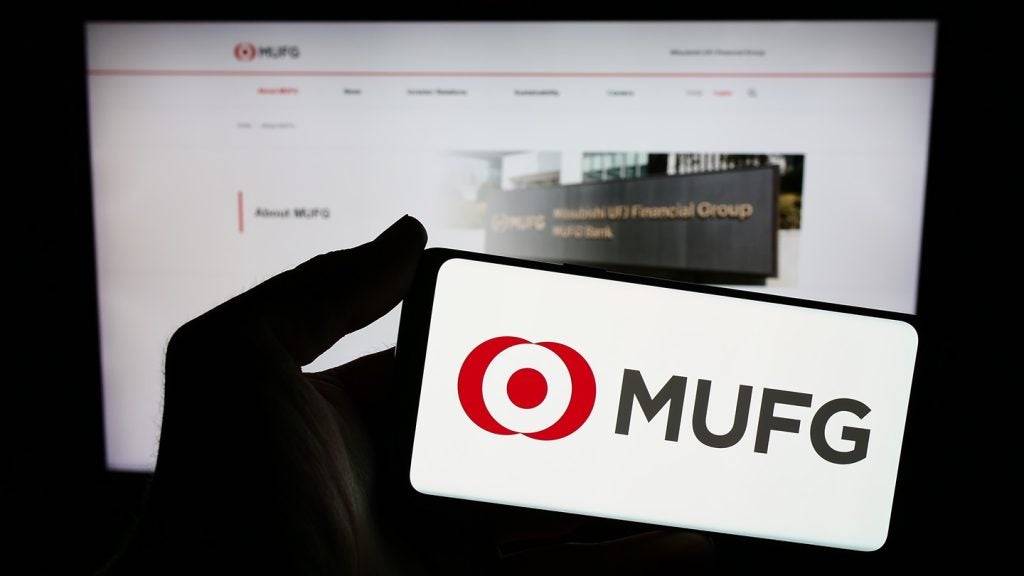After a bout of consolidation, reorganisation and
large-scale insolvency, hedge funds are back within touching
distance of pre-crisis highs. Morgan Stanley research projects
industry inflows of 10 percent in 2010, as the funds address their
position on areas of client concern: transparency, liquidity and
fees.
Hedge fund flows have started to turn positive in the fourth
quarter, with research from Morgan Stanley predicting an
improvement of 10 percent in industry assets under management (AuM)
through 2010.
Recent improvements in performance have also
brought hedge fund indexes within 6 percent of pre-crisis highs,
marking a turning point for an industry which has been tarnished by
the financial crisis more than any other.
Promises of absolute returns proved beyond all
but a few hedge funds in the final quarter of 2008 and early 2009,
leading investors to question the value of paying high fees.
There was a one-third decline in hedge fund
industry asset figures from the June 2008 peak and the March 2009
trough, according to Hedge Fund Research, a hedge fund index
tracking service.
How well do you really know your competitors?
Access the most comprehensive Company Profiles on the market, powered by GlobalData. Save hours of research. Gain competitive edge.

Thank you!
Your download email will arrive shortly
Not ready to buy yet? Download a free sample
We are confident about the unique quality of our Company Profiles. However, we want you to make the most beneficial decision for your business, so we offer a free sample that you can download by submitting the below form
By GlobalDataTaking lessons on board
But there are signs the industry is
learning from past mistakes and starting to turn around.
The industry was hit by mass redemptions,
particularly from institutional fund-of-hedge-fund investors, which
led to runs on hedge funds, concerned that the vehicles may not be
able to return capital.
This damaged individual clients invested in
what were essentially viable hedge funds suffering from liquidity
mismatches – in other words, the hedge fund had value but its
underlying assets were illiquid.
This has led to some of the funds separating
the more mobile capital provided by funds of funds from that of
high net worth individuals, who tend to have longer-term
horizons.
Fund of hedge funds are attempting to offer
greater liquidity and transparency in response to client concerns.
Financial Risk Management (FRM) recently launched a new fund of
hedge fund product, FRM Principia, which claims to set new
standards in transparency, liquidity and fees.
The product – aimed at distributors and
ultimately high net worth individuals and small institutions –
offers detailed monthly reports to give investors transparency and
insight into the drivers of returns. It features monthly liquidity
at 20 days’ notice and charges no performance fees on Principia
products.
In the first half of 2009,
industry-wide redemptions were estimated at around 15 percent of
the $1.4 trillion total industry assets at the end of 2008. The
second half of the year is likely to deliver an inflow of around 1
percent, according to Morgan Stanley estimates. Most of the money
moving into the industry is finding its way into a small group of
better-performing players.
In particular, the US institutional market is
being seen as a lucrative one for investors like Blackrock and
Grosvenor, according to Huw van Steenis, a banking analyst at
Morgan Stanley. European players, which tend to be more skewed to
the private client market, are finding things more difficult
because risk appetite has remained low among high net worth
investors.
They have preferred to hold their assets in
more transparent asset classes like cash, bonds and equities.
“We also see this dynamic tempering top-line
margins for private banks [for example, Julius Baer] as risk
allocations remain lower, with lower margins,” said Van Steenis in
his research note.
Growth opportunities
Van Steenis said he saw growth
opportunities for managed account providers because of the focus on
operational risks, transparency, liquidity and the impact of the
collapse of Bernard Madoff’s ponzi scheme.
“We expect these to drive increased interest
in managed accounts as a means to access multi-manager platforms,
while also allowing greater tailoring of product for end investors
by players with the infrastructure to offer it effectively,” he
added.
It is estimated assets managed via managed
accounts will grow to $790 billion in 2011, from $468 billion in
2009. Some of the larger hedge fund of funds – including EIM, Union
Bancaire Privée and Man Group – are starting to offer such
products.
Man Group reported a 50 percent increase in
AuM in its managed account platform in the past six months, to $6
billion. Players like Lyxor, Crédit Agricole and Deutsche Bank
already offer the service in Europe.
Hedge fund liquidations have also started to
slow, with 190 funds liquidating in the third quarter of 2009,
bringing the year-to-date total up to 858. It means 2009 is already
the second-highest year in terms of fund liquidations, surpassing
the 848 closures in 2005. The highest was 2008, when 1,471 funds
shut down.
“As the hedge fund industry approaches
pre-crisis performance levels, the significance of the structural
evolution that the industry has experienced has become increasingly
clear,” said Ken Heinz, president of HFR.
“While 16 percent of all funds have closed in
the last year, a new generation of funds has emerged into an
investor environment dominated by structural and strategic
considerations of liquidity, transparency, risk management and
inflation protection. Both new and existing funds are continuing to
respond to these institutional requirements.”








